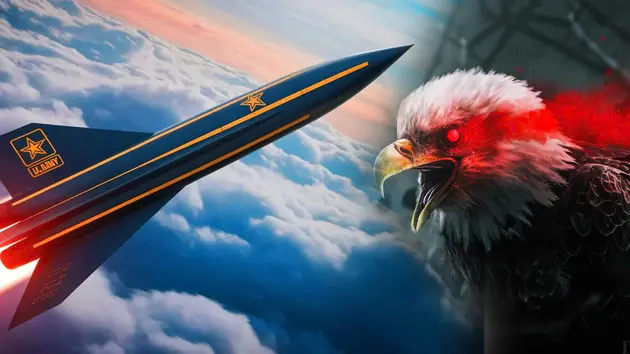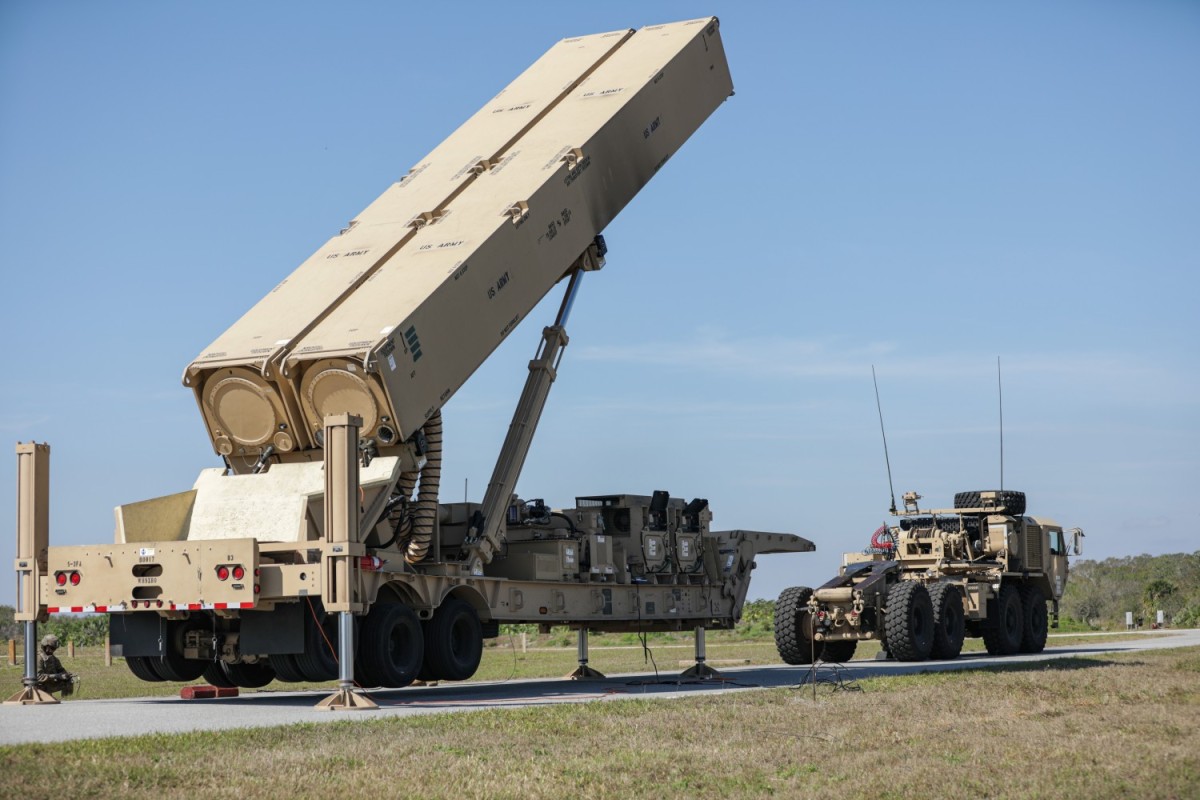
On December 12, 2024, under the Florida sky at Cape Canaveral Space Force Station, the U.S. Army waited with bated breath. A massive Transporter Erector, attached to an M983 tactical truck, lifted a container nearly vertically. Inside was the Army’s Long Range Hypersonic Weapon (LRHW), a system that until recently had been a source of much public frustration and protest.

It was a pivotal moment in the test dubbed the Canaveral Gamble, designed to prove that America's flagship ground-launched hypersonic missile program had finally overcome the problems that had kept it from flying.

With a roar, the missile fired and soared eastward toward the Atlantic. To observers, it was a spectacular sight. The Pentagon saw it as a programmatic moment of redemption. It was the first “end-to-end” live-fire event for the LRHW system, integrating the mobile launcher and the Fortress Operations Center in a fully operational configuration.

Throughout 2023, the LRHW was plagued by technical incompetence among the nine-consortium joint research team. Two planned launches in March and September were both aborted during preflight checks, failures that the US Army blamed not on the sophisticated rocket itself, but on “mechanical engineering issues” with the Lockheed Martin-made launcher.

But the December 2024 success rewrote that story. It not only validated the missile, but also the entire ground ecosystem designed to make it a credible threat on the battlefield. Just a few months later, on April 24, 2025, the US Army officially named the LRHW “Dark Eagle.”

“Dark” was chosen to represent the weapon’s ability to “destroy enemy capabilities,” while “eagle” honors the master hunter, an acknowledgement of the combination of speed, precision, maneuverability, and survivability the system promises.

Dark Eagle represents a class of weapons known as hypersonic boost glide vehicles, a technology that fundamentally changes the dynamics of long-range attacks. Its performance is a combination of raw power and aerodynamic sophistication, designed to be unpredictable and therefore extremely difficult to defend against. Just as the Russians have repeatedly said about their new missiles.

The Common Hypersonic Glide Vehicle (C-HGB) is the heart of the weapon, a product of decades of US research into hypersonic aircraft. Its design roots can be traced back to the Sandia Winged Reentry Vehicle Experiment of the 1980s and more directly to the Army’s Advanced Hypersonic Weapon program, which began testing in the 2010s.

Importantly, the Dark Eagle is a non-nuclear weapon. Its lethality comes from a C-HGB warhead that acts as a kinetic energy warhead. It doesn't carry a traditional explosive warhead. Instead, it relies on its extreme velocity to generate enormous kinetic energy upon impact, enough so that, in the words of the US Army, it can "destroy" even the most hardened targets.

The C-HGB itself is a sophisticated piece of engineering, including not only the warhead but also an advanced guidance system, internal cabling, and a critical thermal shield to withstand the scorching 3,000 degrees Fahrenheit (1,649 degrees Celsius) temperatures caused by atmospheric friction at hypersonic speeds. To get the C-HGB to its operational speed and altitude, it is integrated with a two-stage solid-fuel rocket booster measuring 34.5 inches (88 cm) in diameter.

The weapon is launched from a Transporter Erector Launcher (TEL), a massive mobile launcher consisting of a modified M870A4 trailer towed by an Oshkosh M983 heavy-duty tactical truck. This mobility is a key feature, allowing a battery to quickly deploy to a launch position, fire the missile, and move on—a “shoot and run” tactic that makes it very difficult for adversaries to target and destroy.

Dark Eagle is a road-mobile, conventionally armed intercontinental ballistic missile (HGV) system designed for tactical and operational flexibility. Dark Eagle has an average range of approximately 1,725 miles (2,776 km) and a reported maximum speed of Mach 17.

The core mission of the U.S. Army Dark Eagle is to act as a “gate breaker” against advanced enemy defenses, especially Anti-Access/Area Denial (A2/AD) networks. Its combination of speed and unpredictable maneuverability allows it to penetrate defensive bubbles and deliver precision strikes against the most important targets, with the greatest benefit.

Dark Eagle is one of the most expensive conventional munitions in the US arsenal. The Army’s proposed budget for the program in fiscal year 2025 is $1.282 billion, including $744 million for missile procurement and $538 million for Research, Development, Test and Evaluation. Each Dark Eagle missile is expected to cost $41 million. By comparison, the latest submarine-launched nuclear missile, the Trident II-D5, costs just $31 million.

Perhaps more troubling than the cost are lingering doubts about the weapon’s actual performance in combat. The Pentagon’s own chief test officer has raised serious warning signs. A 2024 report from the Directorate for Operational Test and Evaluation (DOT&E) delivered a blunt verdict: “There is insufficient data to assess the operational effectiveness, lethality, suitability, and survivability of the LRHW system.”
Source: https://khoahocdoisong.vn/my-gian-nan-phat-trien-ten-lua-sieu-thanh-dai-bang-hac-am-post2149048822.html







![[Photo] People eagerly lined up to receive special publications of Nhan Dan Newspaper](https://vphoto.vietnam.vn/thumb/1200x675/vietnam/resource/IMAGE/2025/8/30/53437c4c70834dacab351b96e943ec5c)

























































































Comment (0)